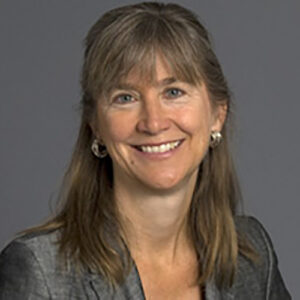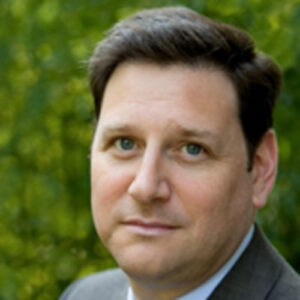Miles & Wiener: In Washington, D.C., a Road Map for Reinventing Professional Development in Schools

They believe that teachers — not governance, not technology — make the biggest difference in how much students learn in school. And so do we. The District of Columbia Public Schools (DCPS) and other education leaders around the country are taking a new and promising approach to investing in professional learning. Last month, the Aspen Institute’s Education and Society Program and Education Resource Strategies (ERS) released two separate papers: “Practice What You Teach: Connecting Curriculum and Professional Learning in Schools” and “Igniting the Learning Engine: How School Systems Accelerate Teacher Effectiveness and Student Growth Through Connected Professional Learning,” respectively. Through these resources, we make the case for why systems leaders need to embed curriculum into professional learning so teachers can focus on creating engaging learning environments, delivering excellent instruction, responding to the needs of their students, and continuously improving their craft, and how they need to organize and spend differently to do this important work.
The work DCPS is leading is known as LEAP (for Learning Together to Advance Our Practice), and it is part of a national movement to reinvent professional development so it is more embedded in the day-to-day work of educators, more directly applicable to instruction, and more impactful on student learning. Together, our reports profile DCPS-led efforts, along with efforts in four other school systems, including the charter management organization Achievement First, an initiative led by a group of committed teachers at the grass roots in West Virginia, and an inspiring state-led effort in Louisiana.
We argue the need to take the important but often overlooked step of organizing teachers’ professional learning around the curriculum materials they are using with their students. It is a deceivingly simple and powerful strategy that system leaders can pursue, and a call for dramatic change in the way schools and school systems are organized.
Improving teacher practice is hard work. It is intellectually demanding, and we can’t meet our goals for all students unless we get great at it. Traditional “professional development” for teachers has rarely improved outcomes for students — because it is separate from the daily work teachers do.
To improve what they do with students, teachers need to learn new concepts and strategies; try them out and get expert, helpful, ongoing feedback; and assess how the changes impact student learning, bringing the data back to plan for the next round of changes. Done successfully, the work is iterative. This means it is built into the workday and work week for teachers. They do this hard work in teams, sharing the load, building trust among one another, and building expertise in the processes of goal-setting, measurement, and continuous improvement. It is led by expert practitioners — teacher-leaders who are given time and training to facilitate learning among their peers.
To get the work right, system leaders must be prepared to make big changes in spending as well. Even though money and time are scarce, leaders in the systems found the resources and invested more in professional learning for educators. The biggest differences are in how these districts spend and organize. The big-ticket items include:
-
time and money to purchase and adapt new, empowering curriculum and lesson resources
-
much more time for teachers to work together in teams that share content to learn and plan curriculum
-
time and extra pay for teacher-leaders to support this teamwork and provide individual feedback
Investing more in these areas will mean shifting resources from other areas. At a time when resources are already stretched thin, we know that this calls for a different and bold way of thinking and spending, particularly when federal funding is in jeopardy. Historically, federal funding through Title II — preparing, training, and recruiting high-quality teachers and principals — provides districts with critical, flexible funds they need to invest in new structures and new expertise as they do this. Each of the systems we highlight has found ways to repurpose some existing teacher time for content teams to work together. But freeing enough team time will require most traditional systems to rework school calendars and teacher contracts and in some cases rethink staffing models. Freeing resources for teacher leadership roles will require reworking teacher career path and compensation structures and making trade-offs in other areas to fund higher pay.
Improving student learning is limited by the improvement in what teachers know and can do. By investing to build an opportunity to practice what we teach, we yield a win-win system that will more likely improve student learning. By connecting teacher expertise directly to curriculum and to the students in their classrooms, we practice what we teach.
Done right, professional learning linked to curriculum can lead to transformational changes in teaching and learning. School systems can and must organize to support this transformation.
Karen Hawley Miles is the president and executive director of Education Resource Strategies. Ross Wiener is the vice president and executive director of the Aspen Institute’s Education and Society Program.
Get stories like these delivered straight to your inbox. Sign up for The 74 Newsletter

;)

